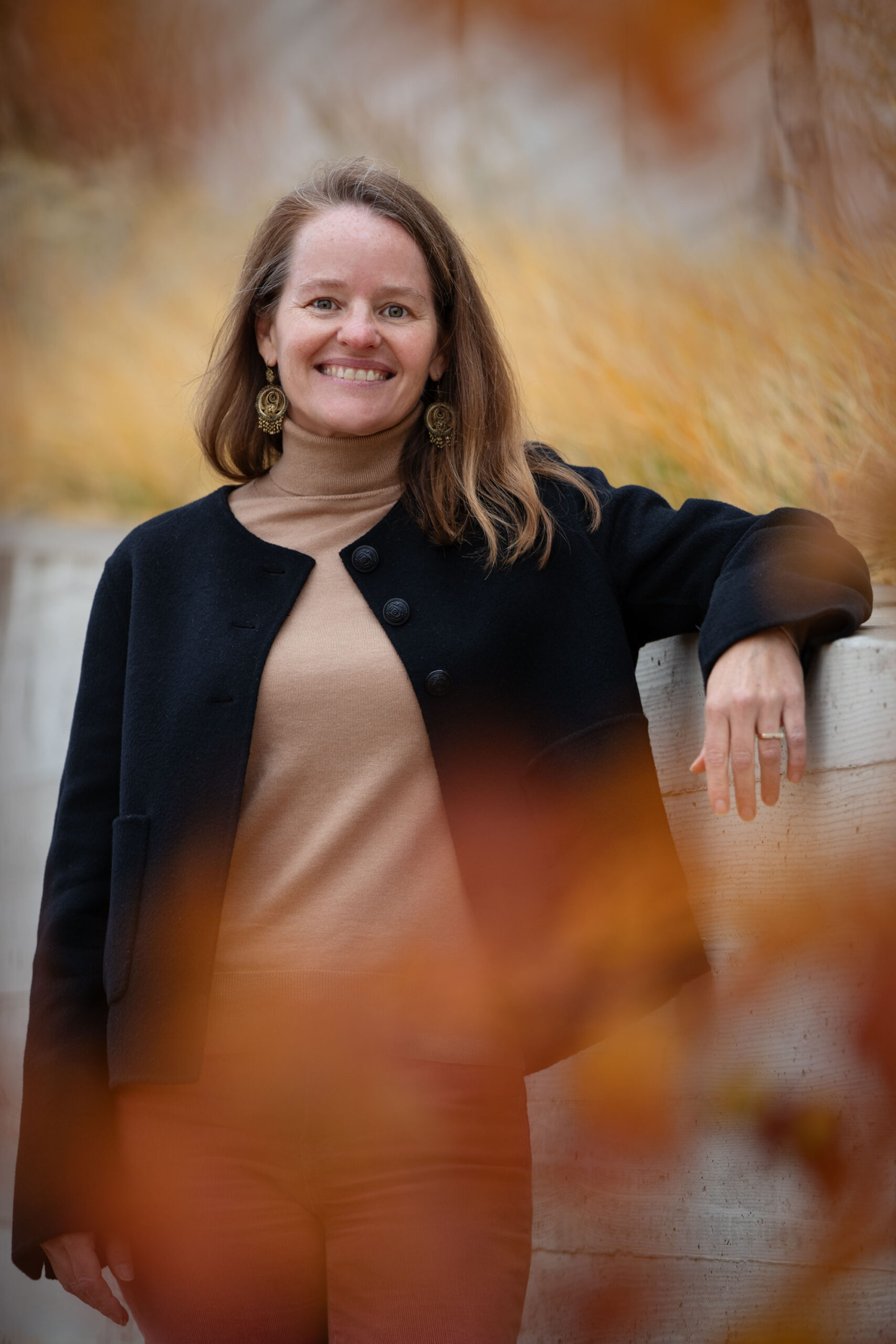Project Background
Climate change and urbanization have increased the frequency and intensity of heat in urban areas, posing significant risks to public health. Personal heat exposure assessments are therefore essential for urban heat mitigation planning. Unfortunately, sparse monitoring networks and high spatial variability in urban air and surface temperatures pose challenges to measuring and mapping individual scale heat exposure. For this reason, recent research on personal heat exposure is expanding from a place-based approach, which relies on fixed site weather station and other data, to a person-based approach, which employs wearable sensing technologies to collect hyperlocal heat data and even individual heat responses at fine spatiotemporal scales. Understanding how the results of these two approaches compare, complement each other, and their implications for urban heat planning is limited. Additional microscale mobile monitoring of urban temperatures is now needed.
In this project, we will use wearable sensors to assess personal heat exposure in Salt Lake City, providing new insights for urban heat mitigation planning. Specifically, we will:
(1) Collect data on summer ambient temperature, relative humidity, pressure, physiological heat stress, and microenvironment characteristics along designated routes in Salt Lake City using multiple sensors: a temperature sensor, a wearable arm band measuring physiological response, and a camera.
(2) Clean and organize sensor data and use spatial modeling techniques to create a fine-scale urban heat exposure map.
(3) Begin to formulate urban heat mitigation planning and management strategies.
Federal Program: This project is funded by the National Institutes of Health and has specific eligibility requirements. Applicants must: 1) be a matriculated, degree-seeking U undergraduate students; 2) be eligible to work in the US; and 3) be from an underrepresented group as defined by the National Institutes of Health. This includes people who are Black or African American, Hispanic or Latinx, American Indian or Alaska Native, Native Hawaiian, or other Pacific Islanders.
Student Role
The SPUR students will assist with study design prior to the heat study, summer fieldwork data collection, and post-fieldwork data management. The students will work alongside Ponette-González, collaborators, and a doctoral student in City & Metropolitan Planning.
Student researchers will be part of a larger data collection team. Students will assist with detailed mapping (e.g., ground cover, such as rocks and vegetation) of the sampling routes in Salt Lake City. Students will then participate directly in field data collection by wearing sensors and walking along designated routes in the city. Students will also organize, conduct preliminary analysis of, and visualize the sensor datasets under the direct supervision of the project mentor and graduate student with experience in heat research. Students will thus assist with mapping personal urban heat exposure and contribute to urban heat planning suggestions based on the analyses.
During this process, we expect that students will be mentored not only in learning spatial data collection methods using wearable sensors, but also in developing the skills to organize and analyze spatial data using GIS, Excel, and programs such as R. Additionally, students will collaborate to present their work in the form of a conference poster.
Student Learning Outcomes and Benefits
With support from the broader research team, students will be involved in the entire process of this cutting-edge urban heat exposure research: from data collection to analysis to presentation. By the end of the project, students will:
• Gain knowledge and understanding of climate change-related topics, such as heat exposure and urban heat mitigation planning.
• Participate in the planning of a research project and field work.
• Learn and employ quantitative methods in scientific research.
• Obtain hands-on research experience in field data collection.
• Create, manage, and conduct preliminary analyses of scientific data.
• Work as part of a collaborative team of students and faculty.
• Communicate scientific findings to peers during group meetings as well as in a scientific setting.
• Learn how to collect research data that can be used to inform urban environmental policy.
• Practice translating research findings into strategies for sustainable planning of land use.
• Present findings at the Utah Conference on Undergraduate Research (UCUR) or other local/regional conference.
• Have the opportunity to participate in a manuscript for publication with the project team.

Alexandra Ponette-González
Associate Professor
Architecture & Planning
City & Metropolitan Planning
As a mentor, my goals are to enhance student independence, self-confidence, appreciation for interdisciplinarity, and experience engaging in diverse forms of communication. I practice a multi-mentoring model, in which multiple mentors work to support multiple mentees. Mentoring is an ongoing exchange between team members. I work with students to develop a research plan and timeline that is both realistic and tailored to their interests, styles, and needs. We communicate frequently, recognizing that research is an iterative process that requires ongoing assessment of ideas and goals, and we celebrate the "small victories". My experience as a researcher has taught me the critical importance of establishing concrete, short-term goals that are attainable and, when accomplished, affirmative. Importantly, I remind student collaborators that while frustrating, "mistakes", "mishaps", setbacks, and delays are just one more component of the research process, often the one from which we learn most.
I am passionate about supporting the professional development of student collaborators. I champion students by providing opportunities to present their research and creative works to other students, at conferences, and exhibitions. For example, I previously collaborated on an integrated faculty-student science-art project entitled 'Pollumage' that explored bird feathers as biomonitors of urban black carbon pollution. This project resulted in a campus exhibition, which included raku pottery and artistic photographs produced by a visual art student. Finally, I believe that research should be balanced with fun. I organize social gatherings, including potlucks, ice cream socials, and movie nights to help build community and support.
To learn more about HAPPIEST, please visit here!

